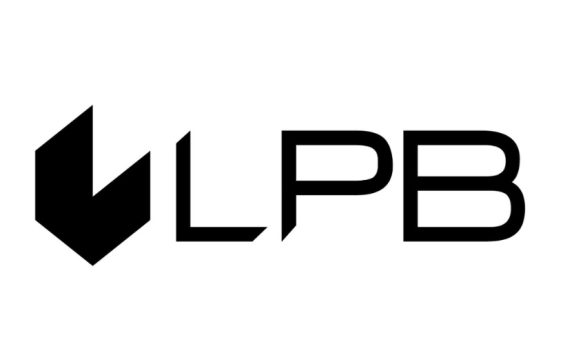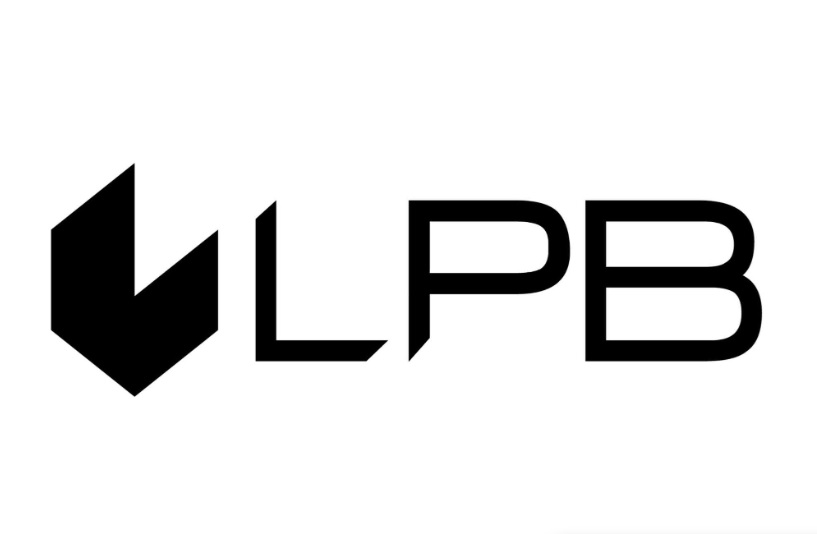- 5. janvāra taro horoskops: ko pirmdiena patiesībā nes tavai zodiaka zīmei
- Noderīgi padomi, kā pasargāt istabas augus no sausa gaisa un radiatoriem
- Kāpēc kafija mājās negaršo kā kafejnīcā gatavota kafija: baristas pievieno šo sastāvdaļu saviem dzērieniem
- Nekad neizlejiet ūdeni pēc dārzeņu vārīšanas – 4 veidi, kā tas pielietojams mājsaimniecībā
- Vienkāršs iemesls, kāpēc rīvi ieziest ar eļļu
What are Segregated bank accounts, and who needs them?

Segregated bank accounts are helpful for all manner of businesses, but particularly those bound by strict regulations, such as investment funds, insurance companies, brokers and payment service providers – in other words, modern FinTech players.
A payment institution cannot secure a financial service provider’s license without maintaining segregated accounts.
How does it work?
Imagine a triangular arrangement of three parties – a FinTech company, its customer, and a bank. In this triangle, the bank operates as the mediator, providing the business with segregated accounts to hold customers’ funds. This solution is often delivered as part of modern banks’ Banking-as-a-Service (BaaS) product.
“An essential service with BaaS is segregated accounts. Regulators in multiple countries require customer accounts to be recorded separately from a company’s current assets, and a payment institution will be unable to receive a payment services license without having segregated accounts in place,” comments Staņislavs Siņakovičs, Head of the Business Development Department at LPB Bank.
Segregated bank accounts allow FinTech companies to hold their customers’ funds separately from their circulating assets. A fintech business that opens a segregated account with a bank guarantees that no funds belonging to the bank or the fintech company will be held on that account. Having this type of account means that the FinTech company will never combine its customers’ assets with those of its own or use customer funds to fulfill any of its financial obligations. If the relationship between a customer and its FinTech vendor sours and the customer decides to withdraw its deposits, they can always do this thanks to a segregated account. In this case, all applicable banking fees will be debited from the company’s account.
What are the advantages of segregated accounts?
• Enhanced security: with a segregated account, customer funds are always booked separately and can never be drawn down by a bank or any third party without proper authorisation.
• Financial protection of customer funds: by keeping its clients’ funds separate from its business cash flows, a fintech player can safeguard these funds from collection by third parties in case of a general financial market downturn or the company’s bankruptcy.
• Improved transparency: segregated accounts simplify asset tracing for customers and regulatory authorities that must monitor how well the fintech and banking industries observe applicable laws and regulations.
• Risk management: separate custody of funds helps fintech manage risks, guaranteeing that corporate assets are never mixed up with customer funds and that customers’ money is always kept safe.
• Legislative compliance: many jurisdictions require banks and financial institutions always to hold customer funds on segregated accounts to protect these funds and maintain the financial system’s stability.
• Greater loyalty: with a segregated account, a fintech company can demonstrate to a client how seriously it treats the safety of customers’ money, contributing to customer trust and establishing stable long-term partnerships.
Another consideration related to segregated accounts is addressable BIC in SEPA. With this service, a payment institution becomes visible to international payment systems and can execute payments on behalf of its customers using a unique BIC. It also enables the assignment of unique IBANs to different customers.
You can learn more about segregated accounts and the Banking-as-a-Service platform for FinTech on LPB Bank website. LPB Bank provides everything a payment system (PI, EMI, PSP) might need to enter a new market and start servicing customers as soon as possible.









